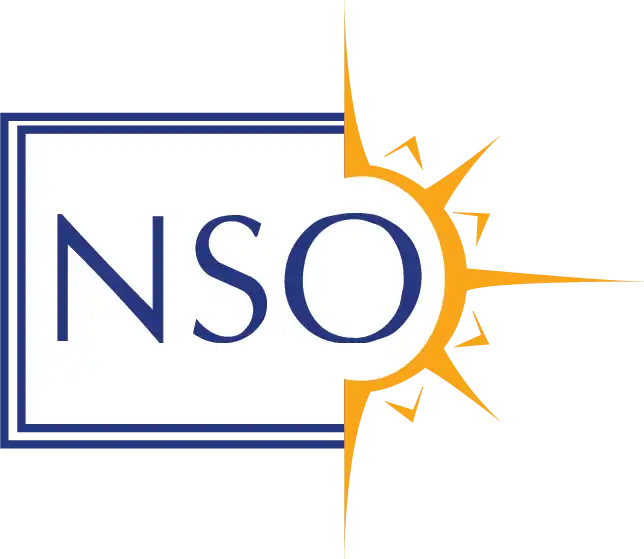Rocky makes history as first Hawaiian monk seal to give birth at Sand Island

Hawaiian monk seal Rocky (RH58) gave birth to a pup overnight Thursday, and the two were observed resting on a beach in the morning at the Sand Island State Recreation Area (SRA) of O‘ahu.
DLNR, NOAA, and Hawai‘i Marine Animal Rescue (HMAR) are working together to keep people away from the seal pair until the pup weans in five to seven weeks. Initially expected to pup at Kaimana Beach, where her previous two O‘ahu pups were born, Rocky’s decision to haul out at Sand Island came as a surprise, said the DLNR, marking the first recorded birth of a seal at the popular park.
HMAR staff and volunteers have put up fencing around the entire cove where the seals are resting. Volunteers will be on hand to educate park users about monk seal behaviors and the need for people to give them wide berth.
Curt Cottrell, administrator of the DLNR Division of State Parks said, “On weekends and holidays in particular, Sand Island SRA is heavily used. We strongly request that people stay outside of the cordons and follow directions from HMAR representatives to keep a safe and respectful distance from the mother and seal pup.”
Experts are particularly concerned about the number of off-leash dogs and feral cats at Sand Island. Dogs have been known to attack resting monk seals, and cats are linked with the spread of the disease, Toxoplasmosis, which is known to kill monk seals. “We are asking people to stop feeding cats and to leave your dogs at home – dogs are not allowed at Sand Island,” Cottrell said.
Hawaiian monk seals are among the most endangered seals in the world, though their numbers have been rising in the main Hawaiian Islands in recent years. They are protected by numerous federal and state laws.
Officers from the DLNR Division of Conservation and Resources Enforcement are also keeping a watchful eye on the mom and her pup.
Rocky was born on Kaua‘i, is now 24 years old, and has pupped 15 seals. She was the first known seal to pup in Waikīkī, an event NOAA said, “shocked the world and made her an ambassador for the species.”









